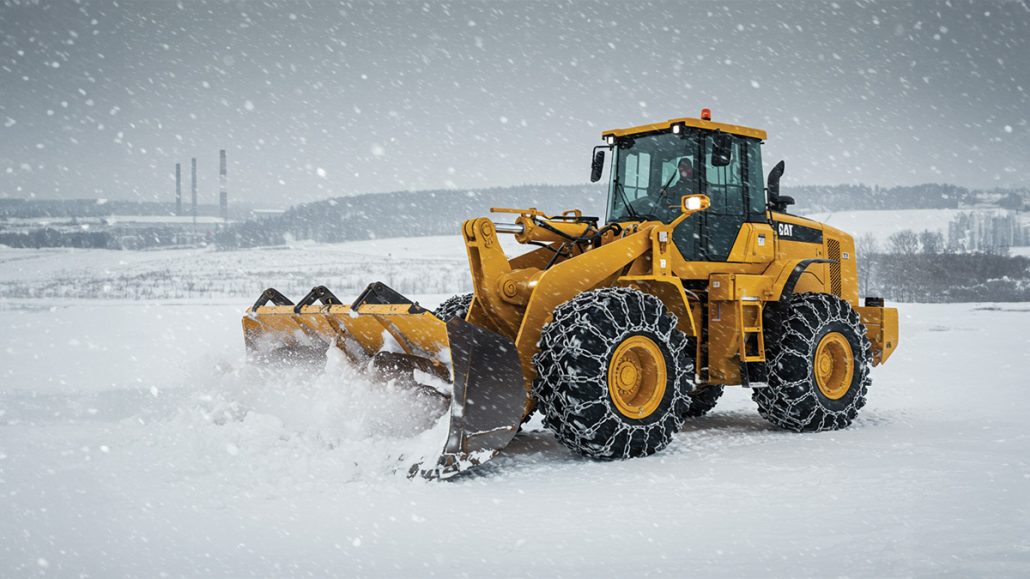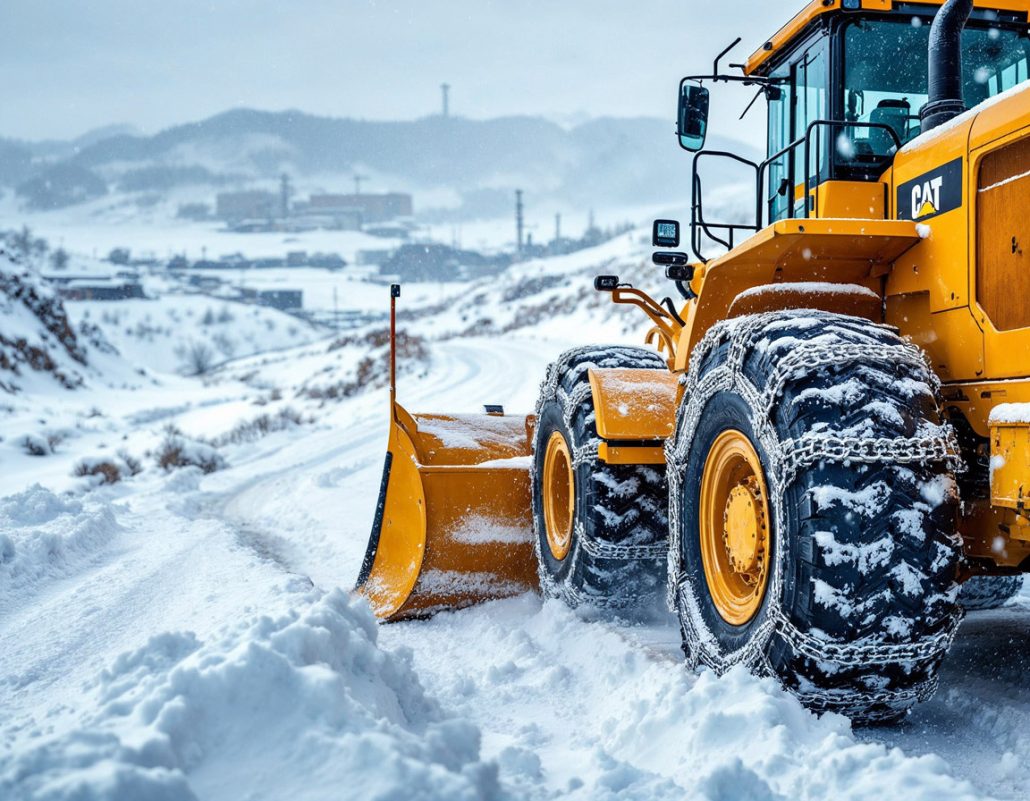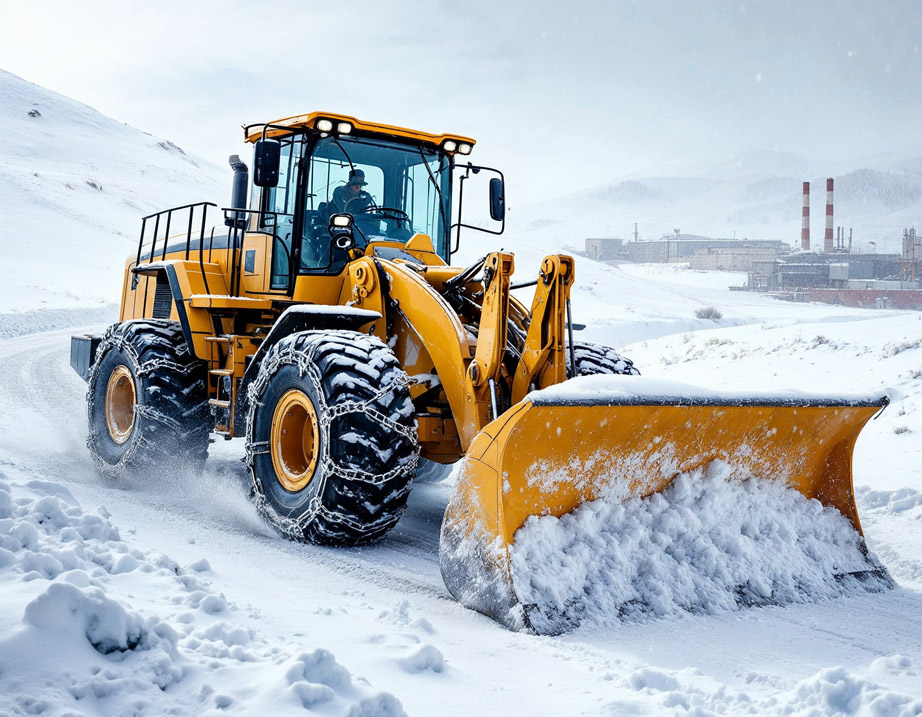In winter, safe driving and efficient vehicle operation rely heavily on the correct use of tire chains. These chains enhance traction on icy and snowy roads, preventing skidding and ensuring better control of the vehicle. However, for tire chains to be truly effective, they must be chosen carefully, installed correctly, and maintained properly. Selecting the right type of chain, using them in suitable conditions, and ensuring proper storage will maximize both safety and longevity.

What Are Tire Chains and Why Are They Necessary?
The Role of Tire Chains in Winter Conditions
Tire chains are crucial for improving traction in snow and icy road conditions. They provide a better grip on slippery surfaces by increasing friction between the tires and the road. Vehicles without tire chains struggle with control, leading to skidding and potential accidents. Particularly in regions with heavy snowfall and steep inclines, using tire chains is often a legal requirement.
The Importance of Tire Chains for Vehicle Safety
Ensuring safe driving in winter requires proper preparation, and tire chains play a vital role in this process. They enhance braking efficiency, reduce stopping distances, and improve overall vehicle handling. Moreover, tire chains help prevent vehicles from getting stuck in deep snow, making them indispensable for both personal and commercial use. However, using them improperly or on unsuitable road surfaces can cause damage to both the chains and the tires.

Which Vehicles Require Tire Chains?
Tire Chain Recommendations for Passenger Cars
Passenger vehicles that frequently drive in snowy or mountainous regions should always have tire chains available. Choosing the correct size and type of chain for your vehicle is essential for ensuring safety and minimizing damage to the tires. Drivers should opt for easy-to-install chains that provide a secure fit and effective traction on snow-covered roads.
Key Considerations for Tire Chains on Commercial Vehicles
Commercial trucks and delivery vehicles require specialized chains designed to withstand heavier loads. These vehicles travel long distances through various terrains, making durability a crucial factor. Reinforced steel chains with thick links are often the best choice for commercial fleets. Proper installation and regular inspection of these chains ensure they remain effective throughout the winter season.
Tire Chains for Heavy Machinery
Heavy equipment and construction vehicles operating in winter conditions must have robust tire chains for maximum performance. These machines often encounter deep snow, icy slopes, and rough terrain, where high-strength steel chains provide superior traction. Chains designed for heavy machinery must be highly durable, resistant to extreme weather conditions, and easy to install despite their larger size.
Selecting Chains for Extreme Terrain
For vehicles operating in mountainous or remote areas, the choice of tire chains becomes even more critical. Extra-thick chains with reinforced links are ideal for these conditions, as they provide maximum grip and protection. Chains with studs or spikes are also an option for particularly icy surfaces, ensuring the vehicle remains stable and maneuverable.
How to Choose the Right Tire Chains?
Selecting the Right Tire Chains for Your Vehicle
Choosing the right tire chains depends on the vehicle type, tire size, and expected road conditions. Chains that are too tight can damage the tires, while loose chains may fall off during driving. It is essential to refer to the vehicle manufacturer’s recommendations and select chains that fit securely for optimal performance and safety.
Different Types of Tire Chains and Their Features
Steel Chains
Steel chains are the most durable option, providing excellent traction on ice and deep snow. They are ideal for trucks, heavy machinery, and commercial vehicles that operate in extreme winter conditions. However, due to their weight and rigidity, they require careful installation and maintenance to prevent rust.
Plastic Chains
Plastic chains are a lightweight alternative suitable for lighter winter conditions. While they are easier to install and remove, they do not provide the same level of durability as steel chains. They work best for city driving where snow coverage is moderate, but they are not ideal for heavy snow or extreme terrains.
Textile Chains
Textile chains, also known as snow socks, are a modern alternative designed for easy installation and quiet operation. They offer a smooth driving experience and do not damage road surfaces. However, they are less durable than metal chains and may wear out quickly under continuous heavy use.

How to Install Tire Chains?
Step-by-Step Guide to Installing Tire Chains
Installing tire chains properly is crucial for ensuring safety and performance. The process begins by laying the chains flat and ensuring they are untangled. The chains should then be wrapped around the drive wheels and secured tightly. After installation, it is essential to test the vehicle at a low speed to ensure the chains are properly positioned and provide adequate traction.
Common Mistakes When Installing Tire Chains
Incorrect Chain Orientation
Installing tire chains incorrectly can reduce their effectiveness and lead to premature wear. One of the most common mistakes is positioning the chains in the wrong direction, which decreases their grip on the road. Drivers must ensure that the chains are placed correctly, following the manufacturer’s instructions.
Loose or Improperly Secured Chains
Loose tire chains can slip off during driving, causing potential safety hazards. It is essential to check the chain tension after installation and tighten any loose sections. Regular stops should be made to inspect the chains and ensure they remain securely fastened.
Best Practices for Using Tire Chains in Winter
Speed Limits When Driving with Chains
Driving with tire chains requires careful speed management to avoid damaging the chains or the tires. Most manufacturers recommend keeping speeds below 30 mph (50 km/h) when using chains. Exceeding this limit can cause excessive wear, breakage, and loss of control on slippery surfaces.
Effects of Chains on the Vehicle and Road
Tire chains improve traction, but they can also impact vehicle handling and road conditions. Drivers should avoid using chains on dry pavement, as this can cause unnecessary wear on both the chains and the road surface. Additionally, sudden braking and sharp turns should be minimized to prevent damage to the chains.
Maintenance and Proper Storage of Tire Chains
Extending the Lifespan of Tire Chains
Regular maintenance of tire chains ensures they remain effective for multiple winter seasons. After use, chains should be thoroughly cleaned to remove dirt, salt, and debris. Any signs of rust or wear should be addressed promptly to prevent further damage.
How to Store Tire Chains When Not in Use
Keeping Chains in a Dry and Safe Environment
Proper storage prevents chains from rusting and ensures they are ready for the next winter season. Chains should be stored in a dry, cool area, preferably in a protective case to avoid tangling. Applying a light coat of lubricant can also help prevent corrosion.
Preventing Rust and Damage
Regular inspections of stored tire chains help identify any issues before they become major problems. Chains should be checked before the start of each winter season to ensure they are in good condition. If any links are damaged, they should be replaced immediately to maintain optimal performance and safety.


